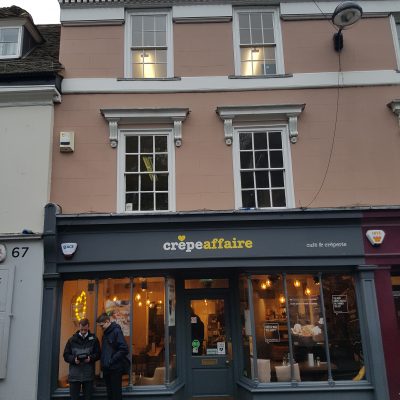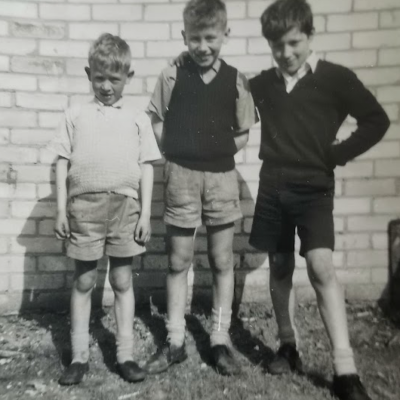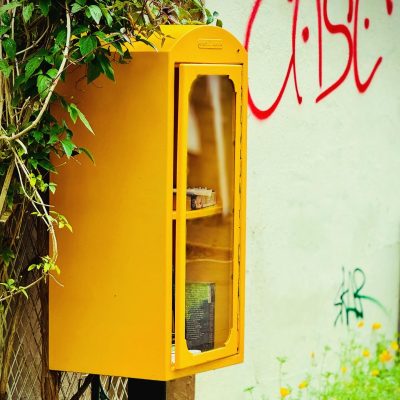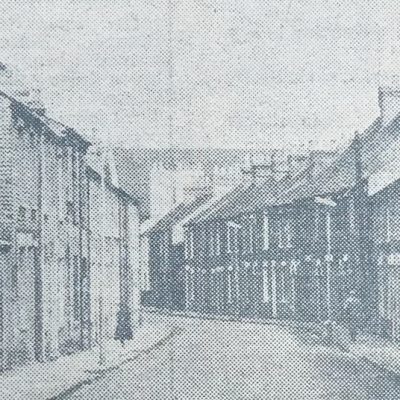Search by topic
- archaeology
- Building of Local Interest
- chapel
- charity
- church
- crime
- dressmaker
- fire
- Great Eastern Railway
- Listed building
- Mapping Relief
- medieval
- oral history
- poverty
- Public House
- Religious House
- Roman
- scholar
- school
- Then and Now
- tudor
- women
- work
- world war one
- world war two
Search by text
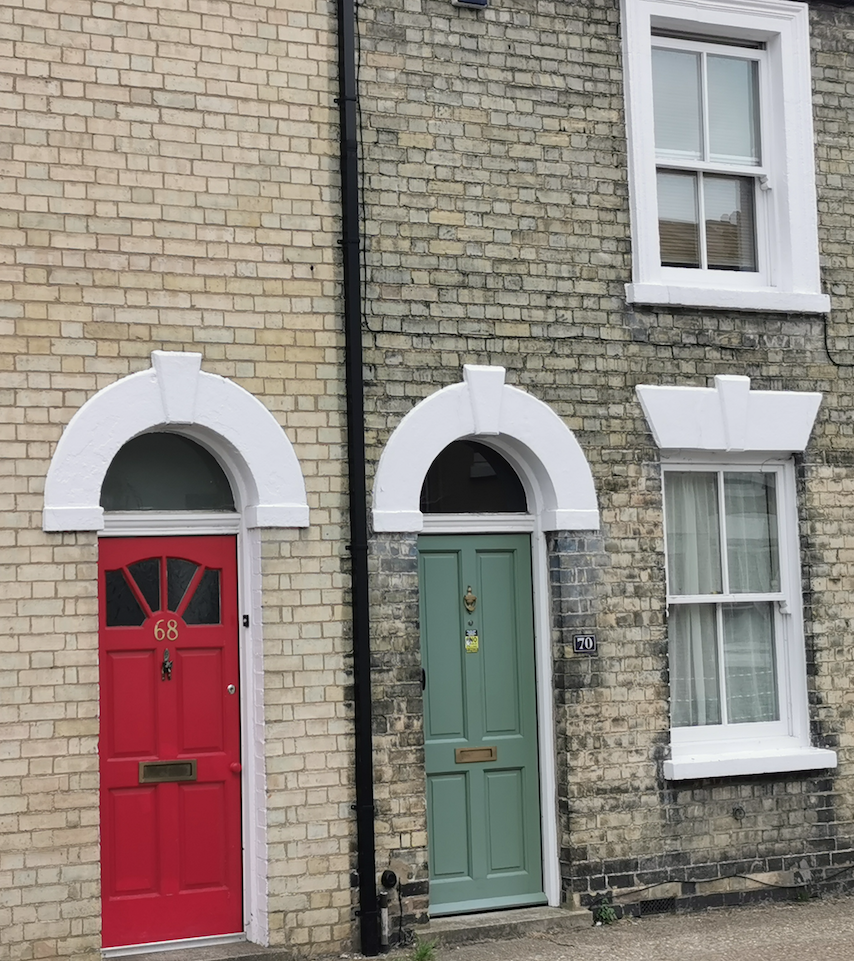 70 Gwydir Street
70 Gwydir Street70 Gwydir Street
History of 70 Gwydir Street
1871 unnumbered
John Carter, 44, boiler maker,
Phoebe, 42,
Elizabeth, 13, b Cambridge
Charles, 10,
Priscilla, 7 mos,
Frederick, grandson, 1,
1881
John Carter, head, 54, boiler maker, b Cambs
Phebe, wife, 52, b Haslingfield
Charles, son, 20, blacksmith, b Cambridge
Priscilla, daughter, 10, scholar, b Cambridge
Frederick, 11, grandson, scholar, b Cambridge
1891
John Gates, head, 47, boot closer, b Cambridge
Emma, wife, 45, b Suffolk
George, son, 13, scholar, b Cambridge
Harry, son, 4, scholar, b Cambridge
1895 CIP 31.5.1895: Educational: order made against John Gates, 70 Gwydir Street, for neglecting to send their children to school.
1901
Thomas Smith, poulterers assistant
Alice
Edward, 3, b Cambridge
Stanley Norden, nephew, 2, b Middlesex
1904 CDN 16.12.1904: Thomas Smith gave evidence at hearing of George Weston, alia F Gilbert, labourer of the Butchers’ Arms, Newmarket Road, charged with stealing seven pigeons, property of George Wright of Coldham Lane, value 5s 5d. Smith committed to trial.
1911
Thomas Smith, 41, poulterers assistant, b Gt Eversden
Alice, 41, b Birmingham
James Ewart, 13, b Cambridge
Margery Eileen Peake Dugdale, boarder, 6 months, b Linton
1913
Tom Smith, poulterer
1939
William Mason, b 1914, brewers ledger clerk
Catherine M, b 1911
?
?
1962
Harry Thurston
Contribute
Do you have any information about the people or places in this article? If so, then please let us know using the Contact page or by emailing capturingcambridge@
License
This work is licensed under CC BY-NC-SA 4.0






